McCarthy Building Cos. has topped out the $192-million Interdisciplinary Science and Technology Building 7 project at Arizona State University. The 281,000-sq-ft facility, the flagship building for ASU’s School of Sustainability, will host an interdisciplinary approach to research that focuses on the sustainability of food, water and energy. The structure itself was built using a wide range of sustainable techniques and materials, including concrete admixtures, the void form structural deck system known as BubbleDeck as well as evapotranspiration, photovoltaics and ASU’s own carbon-capture technology. The project team is pursuing LEED Platinum status. The facility will contain wet and dry lab space, a conference and education center with a 389-seat presentation hall, university classrooms and faculty and staff offices. The building also will have research labs for biological sciences, engineering, life sciences and sustainability.
“Our laboratory construction team is working with the university and project partners to attain the highest sustainability goals, utilizing innovative materials, processes and technology,” said Bryan Kuster, senior vice president of McCarthy Building Cos.’ Southwest region education building group.
The Nevada Dept. of Transportation recently completed a $59-million, two-year upgrade of State Route 160 in southwest Clark County. The critical stretch of rural highway serves as the main travel corridor between Las Vegas and Pahrump, Nev. The project widened a six-mile stretch of highway from two to four travel lanes between mile markers 16 and 22, creating a safe passing lane for slower-moving traffic while altering the roadway geometry for fewer twists and turns. The work also rehabbed 22 miles of roadway from the Nye County line to Mountain Springs. Aggregate Industries SWR Inc. was the general contractor, with CA Group performing design, engineering and environmental work.
Construction included removal of fractured bedrock through Mount Potosi. Blasting contractor Sanders Construction used 120,000 lb of explosives in 58 different blasts to remove 100,756 cu yd of material, enough rock and dirt to fill 30 Olympic-size swimming pools. Crews also hydro-seeded nearly 30 acres of raw desert and installed 784 new trees and shrubs, with 1,000 cacti and yuccas salvaged and replanted.



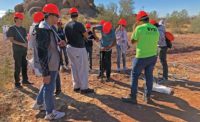
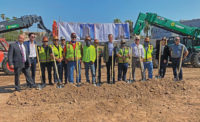
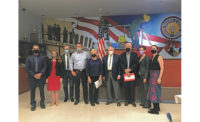
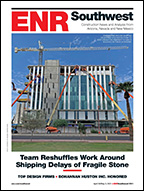
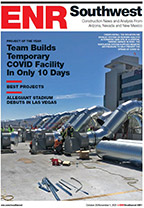
Post a comment to this article
Report Abusive Comment